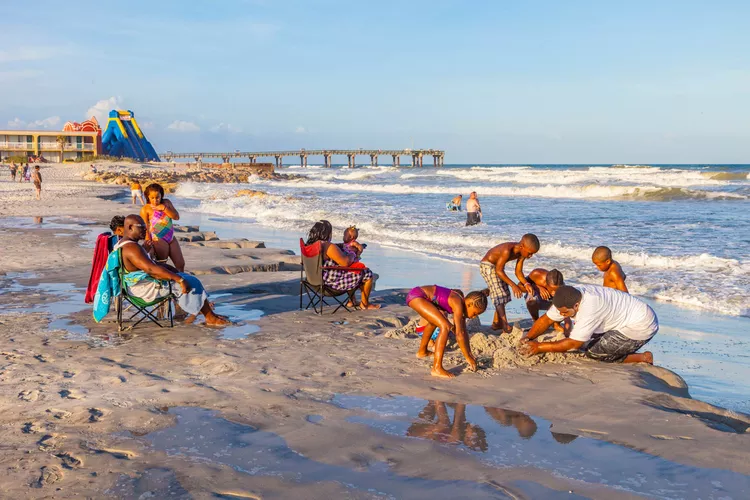Summary of American Beaches
Beach Overview
If there’s one place where travelers should be able to kick back and take a deep breath, it’s undoubtedly at the beach. However, with pollution, weather, and monitoring Air Quality Index (AQI) has become essential for a day on the sand.
Top Rated Beaches
To evaluate the American beaches where travelers can truly exhale, a recent report focused on a two-week period in July to assess average AQI levels. According to the government agency partnership AirNow, an index of 50 or less is considered “good” and indicates that air quality is satisfactory with minimal risk.
Of the 120 beaches listed, 111 met this standard. Among them, two Hawaiian beaches topped the list:
- Hapuna Beach (AQI of 10)
- Poipu Beach (AQI of 10)
This was followed by three Alaskan beaches:
- Home Spit Beach (AQI of 11)
- Sandy Beach (AQI of 14)
- Kenai Beach (AQI of 14)
State Rankings
In the contiguous United States, both Florida and California had 10 beaches each in the green zone. Florida’s notable beaches included:
- St. Augustine (No. 26, AQI of 29)
- Fort Lauderdale (AQI of 32)
- Key West (AQI of 33)
Moreover, Miami Beach, Siesta Key, Clearwater Beach, South Beach, Naples, and Panama City Beach were also recognized for their “good” air quality.
California’s lowest index was Carmel Beach in 10th place (AQI of 16), followed by Santa Cruz (AQI of 20) and Pismo Beach (AQI of 25). This list also included Malibu, Newport, Huntington, Laguna, Coronado, Venice, and Santa Monica.
Interestingly, Oregon and Texas each reported seven beaches with an average AQI of 50 or less during this period. Hawaii and Washington followed with six each, while Louisiana, Connecticut, Massachusetts, Virginia, and Maine had five.
Study Details
The study, conducted by MyBioSource, examined data from July 3 to 17 using IQAir.




